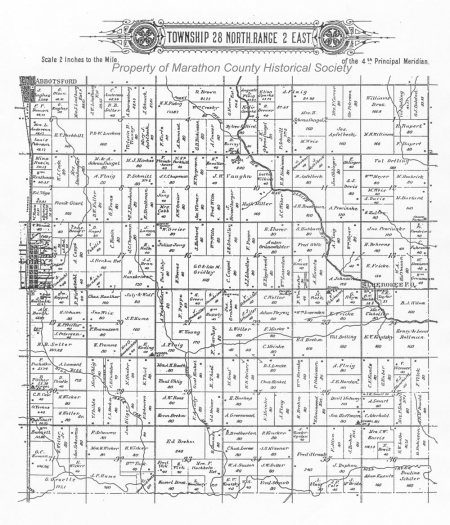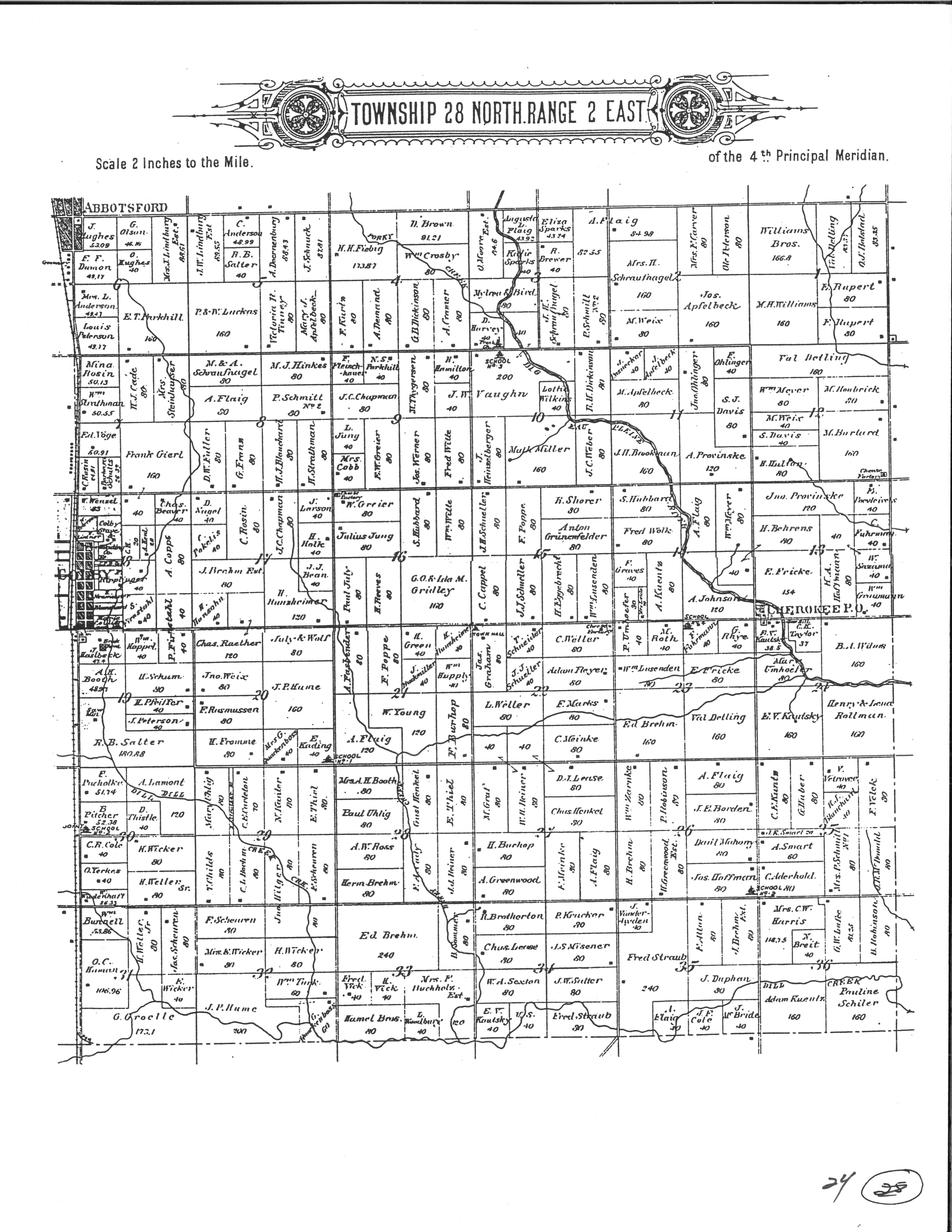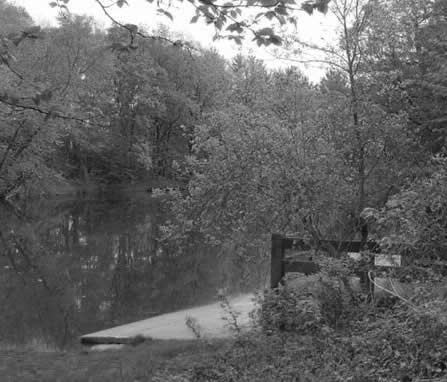Search our Places Database
Hull, Township of
Return To List of Locations | Back to Search
For more information on this location, please contact our research library.

Author:
Mary Moltzan
Location:
T. 28 N. - R. 2 E.
Founded:
March 4,1873
Formallized:
1873
Background:
Population: 1905-991, 2000-773 plus 544-City of Abbotsford plus 460-City of Colby (Marathon Co portions)
Originally part of Wien Township, it was separated in 1873. Prior to 1870, most of Marathon County was forest wilderness except for the regions around the rivers. In 1870, the Wisconsin Central Railroad was formed to expand into the wilderness areas. Gardner Colby, an eastern financier, and president of the railroad overcame a lot of financial difficulties to complete the portions of the railroad which ran along the western Marathon County border. With the railroad in place, population increased steadily, sawmills sprang up and from those settlements came the villages of Spencer, Unity and Colby.
First Public Official:
D. B. Hull
Biography:
Hull was born in New York,February 25, 1832. He came to the Stevens Point area and worked and farmed until 1872. He then moved to his homestead in Section 20, Town of Hull, then called Wien. He was married to Mary Christian also of New York.
Post Office Established:
Colby
First Postmaster:
Nathaniel J. White
About The Post Office:
1. Colby P. O. Â opened on June 22, 1873 in Clark County. The P. O. moved back and forth between Clark and Marathon counties several times, the last time to Clark County on March 1, 1957. Marathon County postmasters included George W. Ghoea in 1873 and Horace Blanchard in 1901.
2. East Colby - Established on April 5, 1883 with postmaster Horace Blanchard. P.O. was discontinued on June 29, 1885 with service from Colby. P.O. located SW 1/4, Section 18, Hull Township.
3. Cherokee - Established on March 13, 1891 with postmaster Paul Umhoefer. Discontinued on November 29, 1902 with service from Colby. P. O. Â located NW 1/4, Section 24 of Hull Township.
Railroad:
See Background
Churches:
1. Harper Memorial Presbyterian Church, located SW corner, Section 23. See Village of Riverside.
2. St. Mary's Church, East Colby
Schools:
By 1882, there were five schools in Hull Township:
1. Pleasant Hill, Section 20.
2. Riverside, Section 10 - later named Riverview. Last to close in 1962.
3. Cherokee, Section 23 - first to close in the 1930s.
4. Lone Pine, Section 26.
5. East Colby, the first school built on the east side of Colby in 1874. It was a two story, two room school costing $450. The first teacher's salary was $12.00/month. It had neither lights nor bell. Citizens had to carry lanterns to evening meetings or activities. By 1879, it had a chandelier and a 450 lb bell.
In 1885, the Towns of Colby and Hull met to form the Colby Free High School, with the first classes being held that year. The 1901 plat map shows the location of Joint School #2 in Section 30 and School #2 in Section 10.
Business:
Town Line Farmers Telephone Co. - organized on June 26, 1907
Riverside Telephone Co. - organized on November 21, 1907 for the Towns of Hull and Holton
Eight cheese factories - Riverside Factory (See Village of Riverside), Green Valley Factory, Rose Lawn, Baumgarts Factory, Hull and Holton Co-op, Hull Co-op, Welcome Dairy, and Halvorsen's Factory
Hull Town Mutual Insurance Co. - organized in 1902
Industry:
Sawmills were built throughout the township:
Salter's Mill, south of Colby, was built and owned by R. B. Salter. A boarding house and lumber camp were built nearby.
Another saw mill was built in 1860 on the east shore of the Eau Pleine River by Charles Thrum. His mill and boarding house were destroyed by a flood.
A saw mill, a dam and a grist mill were built by Paul Umhoefer in Cherokee. The grist mill was operated by Lukewicz brothers.
Sawdust Corner, run by steam, was located in Sect. 14, SW corner. A lumber camp was located in Sect. 16.
Colby Land and Mining Co. was formed near Riverside when a specimen of copper-like ore was found.
Farming:
Settlers moved in rapidly and nearly all railroad land was purchased by 1876. Rich agricultural land developed into fertile farms. Early crops were winter wheat, spring wheat, barley and oats. Later crops were potatoes and peas. Dairy farming followed.



